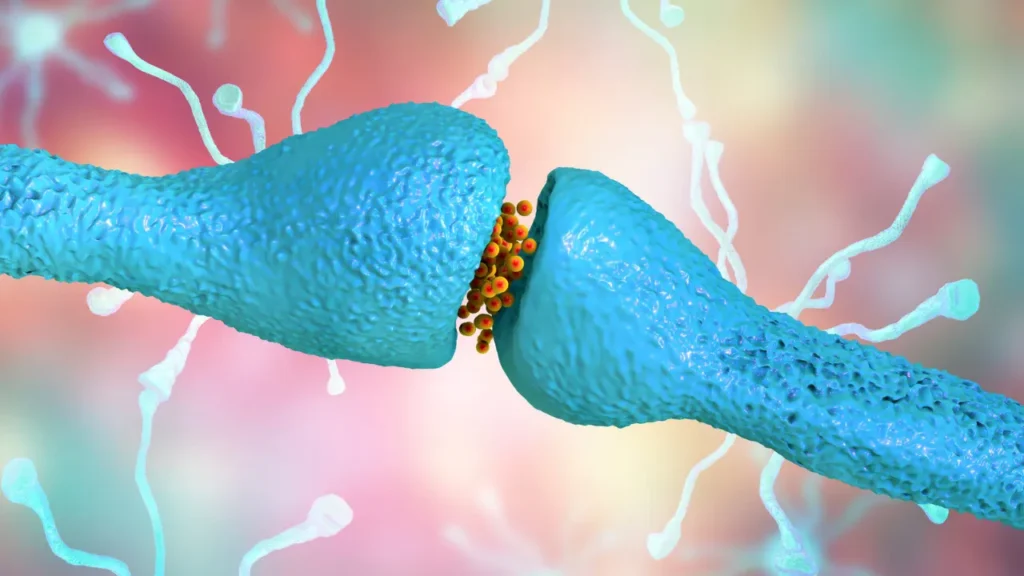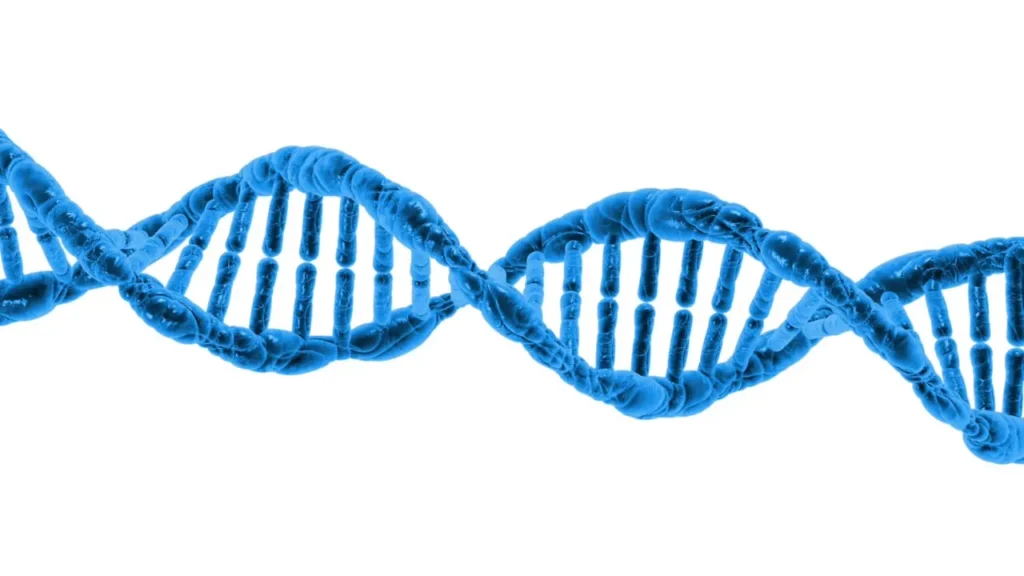The scientific name for trailing arbutus is Epigaea repens, and it is a low-growing, evergreen shrub primarily found in North American woodlands. Because of its possible cognitive benefits, this plant has attracted interest in traditional medicine and contemporary nootropic groups. The trailing arbutus, albeit plain in appearance, has a complex phytochemical composition that may impact human health, cognition, and alertness. This article explores the properties, health advantages, best dosage, adverse effects, possible interactions with other drugs, and responsible usage of trailing arbutus as a nootropic supplement.
You May Also Like:
CBD for Concentration: The Productivity Hack for Energy and Focus
Siberian Ginseng: Benefits, Dosage, Side Effects, Drug Interactions, and Other Important Information
Trailing Arbutus: Benefits, Dosage, Side Effects, Drug Interactions, and Other Important Information is an original (NootropicsPlanet) article.
Nature of Trailing Arbutus
As a member of the Ericaceae family, trailing arbutus grows well on rocky or sandy soils, frequently beneath the shade of mixed or deciduous forests. It produces fragrant, white to pink flowers that bloom in the early spring. The undersides of the dark green, leathery leaves are covered in hair. Native Americans have long utilized it for its diuretic and urinary tract healing qualities.
Health Benefits of Trailing Arbutus
The health benefits of trailing arbutus, particularly for the brain, stem from its complex phytochemical composition, which can interact with physiological processes in multiple beneficial ways. The primary brain health benefits associated with trailing arbutus include:
Antioxidative Effects: The phenolic acids and flavonoids found in trailing arbutus provide strong antioxidant qualities. These substances lessen oxidative stress and scavenge free radicals, which helps shield neural cells from harm. Oxidative stress is one of the leading causes of aging and is also linked to the onset of neurological illnesses like Parkinson’s and Alzheimer’s. Thus, following arbutus’s antioxidant properties may be necessary for maintaining brain integrity and cognitive abilities.
Neuroprotection: Trailing arbutus’s antioxidative qualities and capacity to control inflammatory reactions in the brain are directly related to its neuroprotective benefits. Because neurodegeneration can result from inflammation, the anti-inflammatory triterpenoids in trailing arbutus can aid in shielding the brain from harm. These substances may also promote the growth and repair of neurons, aiding in preserving and improving neural networks essential to cognitive functions.
Cognitive Enhancement: The flavonoids in trailing arbutus can improve memory, learning, and attention by influencing neurotransmitter systems, especially those involving acetylcholine and dopamine. Dopamine is necessary for motivation, pleasure, and focus, whereas acetylcholine is critical for memory and learning processes. Trailing arbutus may help with emotional stabilization and enhanced cognitive function through its effects on these neurotransmitters.
Stress Reduction and Neurogenesis: There’s a chance that some of the phytochemicals in trailing arbutus have adaptogenic qualities, which assist the body and brain in handling stress. Prolonged stress can impede mental health issues’ development and decrease cognitive abilities. In addition to potentially lessening stress’s physiological and psychological effects, compounds in trailing arbutus may also encourage neurogenesis or the growth of new neurons in the brain. This is especially crucial in regions like the hippocampus, which is susceptible to the effects of age and stress and is involved in memory and learning.
Protection Against Neurodegenerative Diseases: The combination of neurotrophic (supporting neuronal growth), antioxidative, and anti-inflammatory properties found in trailing arbutus may provide a barrier against the development and advancement of neurodegenerative disorders. The progressive loss of neuronal structure and function is a characteristic shared by several disorders, such as Parkinson’s and Alzheimer’s. Some degenerative processes associated with these disorders, including oxidative stress, inflammation, and the build-up of neurotoxic proteins, may be lessened by the phytochemicals found in trailing arbutus.

Chemistry of Trailing Arbutus
The phytochemical profile of trailing arbutus is complex and intriguing, underlying its potential health benefits, including its nootropic properties. This profile is comprised of several key compounds, each contributing to the plant’s overall pharmacological effects:
- Flavonoids: Trailing arbutus contains a range of flavonoids, known for their antioxidative and neuroprotective effects. These compounds can scavenge free radicals, reducing oxidative stress, a critical factor in neurodegenerative diseases and cognitive decline. Flavonoids may also influence brain health by modulating the activity of neurotransmitters like acetylcholine and dopamine, which are essential for memory, attention, and overall cognitive function.
- Triterpenoids: The triterpenoids found in trailing arbutus have been identified to exhibit anti-inflammatory and potentially antiviral properties. In cognitive health, inflammation is a known contributor to neurodegenerative processes. By mitigating inflammatory responses, triterpenoids could protect neuronal health and function.
- Phenolic Acids: These compounds contribute to the plant’s antioxidative capacity. Phenolic acids can neutralize harmful free radicals and may offer protective effects against cellular damage and aging. Their role in neuroprotection lies in their potential to prevent oxidative stress-induced neuronal damage, thereby supporting cognitive functions and reducing the risk of neurodegenerative conditions.
- Ursolic Acid: A specific triterpenoid, ursolic acid has garnered attention for its anti-inflammatory, anticancer, and antidiabetic effects. In the brain, ursolic acid may help repair damaged neurons and promote neurogenesis, crucial for maintaining cognitive abilities and memory formation.
- Arbutin: This glycoside component is known for its antimicrobial properties and is one of the compounds attributed to the plant’s traditional use in treating urinary tract infections. While not directly related to cognitive enhancement, arbutin’s contribution to overall health highlights the multifaceted benefits of trailing arbutus.
The interaction of these phytochemicals with the body’s biochemical pathways suggests a multifactorial approach to cognitive enhancement and neuroprotection. The compounds within trailing arbutus could potentially support brain health, cognitive function, and resilience against neurodegenerative changes by influencing antioxidant defenses, inflammatory processes, and neurotransmitter activity. However, the detailed mechanisms of action and the synergistic effects of these compounds require further scientific investigation to understand and harness the cognitive benefits of trailing arbutus entirely.
Physiological Mechanism of Action
The physiological mechanism of action of the compounds found in trailing arbutus, particularly in cognitive enhancement and neuroprotection, involves a complex interplay of biochemical and molecular pathways. While the precise mechanisms are not fully elucidated, current understanding suggests that the plant’s phytochemicals interact with the central nervous system in several key ways:
Antioxidative Mechanisms
- Free Radical Scavenging: The flavonoids and phenolic acids in trailing arbutus possess strong antioxidative properties, enabling them to neutralize free radicals and reduce oxidative stress. Oxidative stress is implicated in the pathogenesis of neurodegenerative diseases and cognitive decline by damaging cellular components, including lipids, proteins, and DNA, within neurons.
- Enhanced Antioxidant Defense: By modulating the activity of antioxidant enzymes such as superoxide dismutase (SOD), catalase (CAT), and glutathione peroxidase (GPx), these compounds may bolster the brain’s defenses against oxidative damage.
Anti-inflammatory Effects
- Inhibition of Pro-inflammatory Cytokines: Triterpenoids, such as ursolic acid, can inhibit the production and activity of pro-inflammatory cytokines (e.g., TNF-α, IL-1β, IL-6). Inflammation plays a significant role in the development and progression of neurodegenerative conditions by promoting neuronal damage and death.
- Modulation of Inflammatory Pathways: These compounds may interfere with key signaling pathways involved in inflammation, such as the NF-κB pathway, reducing the inflammatory response within the brain and protecting neurons from inflammation-induced damage.
Neurotransmitter Regulation
- Modulation of Acetylcholine and Dopamine: Flavonoids in trailing arbutus might interact with neurotransmitter systems crucial for memory and cognition, including acetylcholine and dopamine. These interactions could enhance neurotransmitter release, inhibit their breakdown, or modulate receptor activity, improving cognitive functions such as learning, memory, and attention.
Neuroprotection and Neurogenesis
- Protection Against Neuronal Damage: The phytochemicals in trailing arbutus may exert neuroprotective effects by preventing neuronal damage from oxidative stress, inflammation, and other neurotoxic factors. This protection helps maintain cognitive function and reduces the risk of neurodegenerative diseases.
- Promotion of Neurogenesis: Some evidence suggests that compounds like ursolic acid might promote neurogenesis, the process of generating new neurons in the brain. Neurogenesis is vital for learning and memory and may contribute to the recovery of cognitive functions in degenerative disease states.
Cellular Signaling and Gene Expression
- Influence on Signaling Pathways: Phytochemicals from trailing arbutus may influence various cellular signaling pathways that control cell survival, apoptosis (programmed cell death), and plasticity. For example, the modulation of the PI3K/Akt pathway can promote cell survival and neural plasticity, enhancing cognitive resilience and recovery.
- Regulation of Gene Expression: These compounds could regulate the expression of genes involved in antioxidant defenses, inflammation, neurogenesis, and synaptic plasticity. This genetic regulation is critical for maintaining the balance between protective and damaging processes in the brain.


Optimal Dosage of Trailing Arbutus
Because there is no clinical study on trailing arbutus, it is difficult to determine the ideal dosage for improving cognitive function. The concentration of the extract, the person’s body weight, age, and overall health may all affect how effective a dosage is. Before adding trailing arbutus supplements to your regimen, it is wise to adhere to manufacturer guidelines or speak with a healthcare provider until more conclusive data is available.
Side Effects of Trailing Arbutus
If used appropriately and in moderation, trailing arbutus is generally considered safe. However, like any supplement, some people may experience its adverse effects. Headaches, allergic reactions, and stomach pain are possible adverse effects. Due to the absence of detailed safety evidence, pregnant or nursing women, as well as those with pre-existing medical disorders, should use caution and consult a healthcare provider before utilizing trailing arbutus supplements.
Potential Substance Interactions with Trailing Arbutus
There hasn’t been much research done on the interactions between drugs or other supplements with trailing arbutus supplements. It is possible that trailing arbutus will interact with medications for neurological or mental problems because of its potential effects on neurotransmitter systems. Its diuretic qualities may also interfere with drugs that impair electrolyte balance or renal function. To avoid adverse interactions, anyone using prescription drugs should speak with a healthcare provider.


Best Responsible Uses of Trailing Arbutus
To evaluate tolerance, start with the lowest dose feasible when utilizing trailing arbutus for cognitive enhancement and increase it gradually as needed, which is a responsible use of the herb. It’s critical to keep an eye out for any adverse effects and to take breaks from this substance to avoid reliance or diminished effectiveness. To optimize cognitive advantages, it may be best to combine trailing arbutus pills with a healthy lifestyle that includes enough sleep, a balanced diet, and regular exercise.
Trailing Arbutus:
Conclusion
Trailing arbutus offers a range of potential health benefits rooted in its medicinal properties and traditional uses. While scientific research on trailing arbutus is limited compared to more extensively studied herbs, indigenous cultures, and herbal medicine practitioners have recognized it for its therapeutic potential. Indigenous cultures have used trailing arbutus for various purposes, including treating coughs, colds, and digestive issues.
Its traditional uses reflect its long history as a medicinal plant and its perceived effectiveness in promoting health and well-being. Further exploration of its medicinal properties may uncover new therapeutic applications and contribute to our understanding of natural remedies. As with any herbal remedy, it’s important to use trailing arbutus under the guidance of a healthcare professional, especially for individuals with specific health concerns or conditions.


References:
- Trailing Arbutus – Uses, Side Effects, and More. Retrieved from:https://www.webmd.com/vitamins/ai/ingredientmono-232/trailing-arbutus
- Nephroprotective drugs from traditionally used Aboriginal medicinal plants. Retrieved from: https://www.ncbi.nlm.nih.gov/pmc/articles/PMC5047757/
- Desiccated thyroid extract compared with levothyroxine in the treatment of hypothyroidism: a randomized, double-blind, crossover study. Retrieved from: https://pubmed.ncbi.nlm.nih.gov/23539727/
Important Note: The information contained in this article is for general informational purposes only, and should not be construed as health or medical advice, nor is it intended to diagnose, prevent, treat, or cure any disease or health condition. Before embarking on any diet, fitness regimen, or program of nutritional supplementation, it is advisable to consult your healthcare professional in order to determine its safety and probable efficacy in terms of your individual state of health.
Regarding Nutritional Supplements Or Other Non-Prescription Health Products: If any nutritional supplements or other non-prescription health products are mentioned in the foregoing article, any claims or statements made about them have not been evaluated by the U.S. Food and Drug Administration, and such nutritional supplements or other health products are not intended to diagnose, treat, cure, or prevent any disease.
